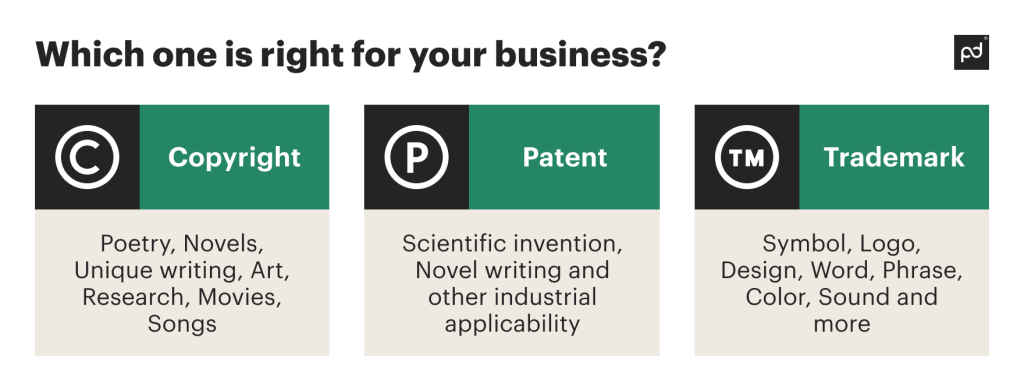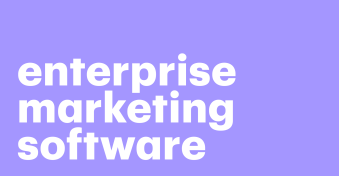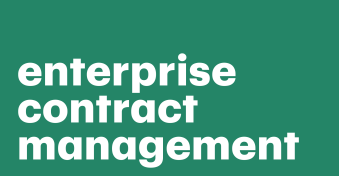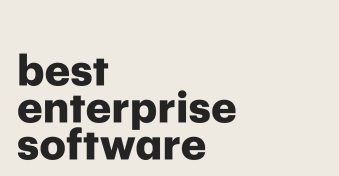Trademarks, patents and copyrights are types of intellectual property (IP) to protect ideas from being misused or stolen.
These can be a word, phrase, design, logo, lyric, story, or anything similar.
When the proper protection is in place, it grants the individual and/or business exclusive rights.
To understand the differences, registration process, and when to best use them to safeguard your ideas, whether you’re an entrepreneur or business owner, we’ve broken it down for you.

While this is a broad overview, it encompasses the main uses for each. We’ll get into more details below.
What is a trademark?
Trademark protection typically protects words and brand elements where the design signifies a certain company or product such as corporate logos or brand names.
Trademarks will protect these forms of IP from ones that have a “likelihood of confusion” with others.
For example, if you were to start a new water bottle brand and copy the logo from Death Water, you’d be infringing on a trademark law.
Anything that looks, sounds, or feels similar is subject to legal action under trademark registration.
Ultimately it’s at the determination of the trademark holder to assess whether or not something is an issue, wherein they have rights to take legal action and sue.
Good to know: Registered trademarks may or may not have signifiers (such as the ™ symbol), and they never expire.
Brush up on your contract terminology with our helpful PandaDoc blog.
How to register a trademark
Trademarks don’t require registration to be in effect.
Although, having the legality in place adds a layer of protection and helps the trademarker with taking action on possible infringement down the line.
To register a trademark, visit the USPTO (United States Patent and Trademark Office) site to select the countries you’d like to register. If you’d like global protection, the WIPO Madrid System is best.
Benefits of a trademark
When a trademark is registered through the USPTO, it protects the IP from being registered more than once.
This means anyone who didn’t have the initial idea cannot register or duplicate the trademarked IP.
Trademarks will protect against infringement and enforce legal ownership.
Trademark protection can be global, protecting your brand anywhere and everywhere from competitors as your business grows.
Operating on Amazon? A registered trademark gives you access and protection to Amazon Brand Registry.
What is a patent?
Unlike Trademarks, patents need to be registered with the USPTO in order to be legal. Patents are most commonly used for ideas that lead to inventions, the creation of new products, and/or system processes.
There are a few types of patents:
- Utility patent: Used for machines, manufacturing, or use cases where the new invention improves an existing process in a significant and distinctive way.
- Plant patent: Refers to the protection of a discovery within the plant world, such as a new flower, vegetable, or anything that reproduces asexually including some sea life.
- Design patent: Used for a new item that is created through manufacturing.
How to register a patent
Patents can protect an individual or business. To file an application for a patent protection, an application will need to be filed under the correlating category from the USPTO site.
There will be a filing fee for each patent application. Consult with a patent attorney if you’re unsure which of the three categories best suits your business.
Benefits of a patent
Patent protection can apply to anything from the bottle your product is in, to car parts, to software. If it’s an idea that led to a physical product or new system process (including SaaS), it falls within patent law.
Though there are three separate types of patents, the most commonly used is the utility patent, accounting for about 90% of all patent applications.
While trademark rights last a lifetime, plant and utility patents expire after 20 years. The term begins from the date of application.
Design patents last slightly shorter, expiring 15 years after the application date.
What is copyright?
The last form of intellectual property that are copyrights.
Copyright protection covers an umbrella of creative items; from books and screenplays to song lyrics, art, and original works of authorship.
PandaDoc helps businesses by offering 80 templates within the copyright category alone.

Simply select the appropriate template, fill in the fields, sign, send, done!
Good to know: Copyright law has an exception, known as the “fair use” doctrine. This can be a gray area, as it allows certain forms of art to “borrow” or take inspiration from copyrighted work within certain parameters. If unsure, it’s best to err on the side of caution and not use something without explicit permission or legal counsel.
How to register a copyright
Like trademarks, copyrights don’t need to be registered, but it helps if they are.
To enforce legal protection, the creator or author needs to prove they came up with the idea first to enforce the right to their creative works.
There are a few things to know about copyright registration. If the work you create is under the employment of a corporation, they retain the rights to the work, you as the individual do not.
Copyrights by general rule last about 50-70 years after the death of the copyright owner (varies by country, check yours to see specifics).
After that period of time has passed, the works are often put into public domain for free use and copyright protection is no longer enforced.
The first step of the application process for a copyright protection is to file with the U.S. Copyright Office and pay the filing fee. If needed, both a copyright and patent can be obtained at the same time.
Good to know: Overlap is much less common among trademarks and patents, as each is its own form of a similar IP legality.
Benefits of a copyright
Having a copyright in place places a legal protection of exclusive rights to the author/owner of the works to distribute, recreate and sell for profit.
This also protects against allowing others to do the same. Copyright protection can be international, protecting works that expand into multiple markets.
For example, a novel that may be written and distributed initially in the U.S. may be translated and sold in various other countries. An international copyright will apply all the same protections, globally.
PandaDoc makes protecting IP easy
Intellectual property protection is intricate. It’s best to consult with a lawyer to determine which method(s) will best protect you, your business, and your ideas.
Without protection, you open yourself up to theft and misuse of your brand without the right to take legal action. This could ruin your business’s reputation, your quality of work, career, and income.
With PandaDoc, IP protection is simplified. Utilizing and organizing our templates for these agreements is a breeze through our contract management software.
PandaDoc helps you build, sign, send, and store your IP license and agreement contracts in one convenient place.
Disclaimer
PandaDoc is not a law firm, or a substitute for an attorney or law firm. This page is not intended to and does not provide legal advice. Should you have legal questions on the validity of e-signatures or digital signatures and the enforceability thereof, please consult with an attorney or law firm. Use of PandaDoc services are governed by our Terms of Use and Privacy Policy.


